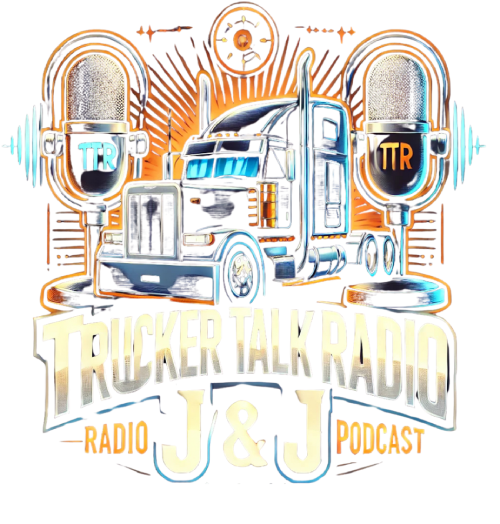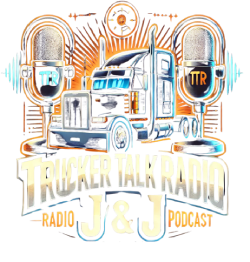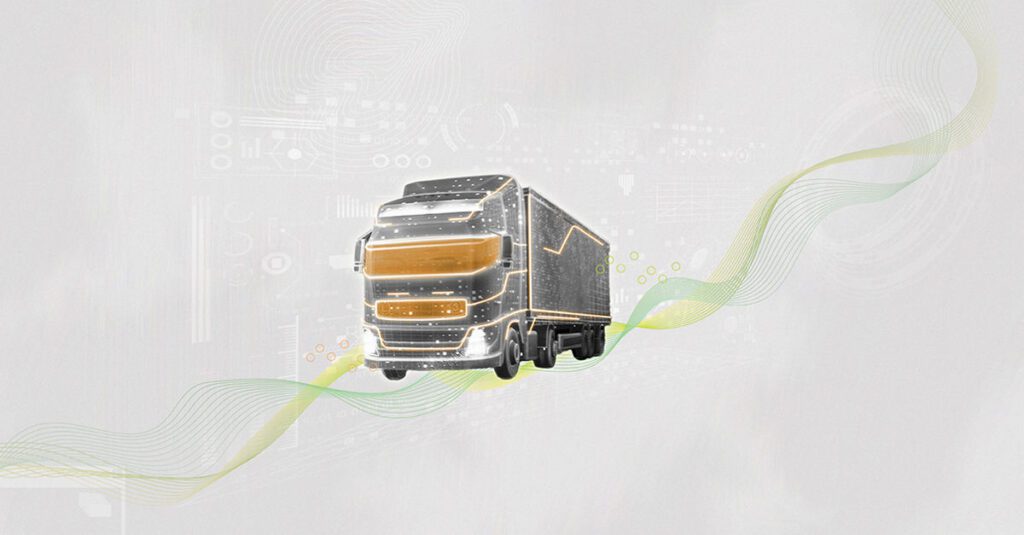Deloitte predicts that advancements in self-driving technology could lead to the elimination of approximately 380,000 long-haul truck driving positions within the next five years. This development may significantly affect workers’ compensation insurers, potentially resulting in a loss of around US$3 billion in premiums. Furthermore, the broad acceptance of autonomous vehicles could shift premiums across various insurance sectors, including commercial auto, product and professional liability, and cyber coverage.
Picture an insurance underwriter traveling along an interstate, passing a group of three long-haul trucks. As he passes the first truck, he expects a friendly wave from the driver—but there is none! Confused, he accelerates, only to find that the second truck is also driverless. However, he relaxes when the driver of the lead truck finally notices him and waves back. This incident prompts the underwriter to contemplate the insurance complexities of covering “ghost” trucks, a challenge that insurance leaders should address proactively.
Driverless vehicles are increasingly becoming commonplace in several states and will likely become even more prevalent. Insurers face the challenge of determining how to underwrite risks associated with autonomous commercial fleets and deciding which lines of insurance may be affected—traditional policies may lose premiums while others may see an increase due to changes in exposure.
The Case for Growth of Autonomous Trucks
The growth of autonomous trucks is largely driven by a significant shortage of human truck drivers in the U.S. The American Trucking Association (ATA) reported a deficit of 78,000 drivers in 2022, close to the pandemic’s peak shortage of 81,000 in 2021. This shortage is primarily due to demographic trends like retirements and the difficulty in attracting younger workers. If current trends hold, the ATA estimates that the industry will require 1.2 million new drivers over the next decade to meet demand. Given these circumstances, the need for autonomous driving technologies to compensate for the anticipated human driver shortage is urgent.
Besides addressing the driver shortage, autonomous trucks may offer greater efficiency compared to those operated by humans. Regulations currently restrict live operators to a maximum of 11 hours of driving daily, yet average drivers typically only drive for 6 to 6.5 hours. Autonomous vehicles can potentially extend driving time to 17 hours per day. Studies also suggest that self-driving trucks could be more fuel-efficient.
Self-Driven Trucks May Improve Performance for Commercial Auto Insurance
The commercial auto sector has historically underperformed within the U.S. insurance industry, generating an average of US$34.9 billion in annual premiums. This segment endured 10 consecutive years of underwriting losses starting in 2011, although a temporary decline in accident frequency during the pandemic allowed it to break even in 2021. Widespread adoption of autonomous trucks could serve as a transformative factor for the commercial auto insurance market.
A study from the U.S. National Highway Traffic Safety Administration found that driver-related issues caused 94% of vehicle accidents. While conclusive data on the accident rates of autonomous trucks is yet to be gathered, removing human drivers could reduce many human-induced causes of accidents, which might decrease loss frequency. However, the deployment of autonomous vehicles may also introduce new risk exposures, many of which are not covered by conventional commercial auto insurance.
Shifting Liabilities May Result in Premium Changes
As autonomous vehicles become more common, new causes for loss will arise, presenting significant challenges for traditional commercial auto insurers. Understanding causality in accidents involving technology-augmented vehicles may become complex, with potential causes ranging from software glitches to cyberattacks. Such issues might necessitate coverage under product liability or professional liability plans, raising questions about existing insurance frameworks. If merely 20% of commercial auto premiums shifted to other lines, this could result in an annual loss of US$7 billion for commercial auto insurers.
Additionally, the complexity and connectivity of autonomous trucks will heighten their cyber vulnerabilities. With modern vehicles containing around 100 million lines of code, this figure is expected to rise as autonomy increases. The potential for cyberattacks will likely lead to a greater emphasis on cyber insurance, which will become a more prominent cost burden for autonomous truck operators.
What Worked for Human-Driven Trucks Likely Won’t Work for Driverless Trucks
Insurers have decades of data on human-driven vehicles to guide market needs and price determination, but there is no historical data to inform pricing for autonomous trucks. Similar to the evolution of cyber insurance, it may take insurers years to figure out effective market strategies, with potential missteps along the way. However, early adopters stand to gain a competitive edge, positioning themselves to better understand and mitigate risks in the emerging commercial trucking landscape. Collaborations with autonomous truck manufacturers for integrated coverage solutions could be beneficial, as demonstrated by industry leaders like Liberty Mutual and AXA XL, who are already exploring innovative coverage options.


